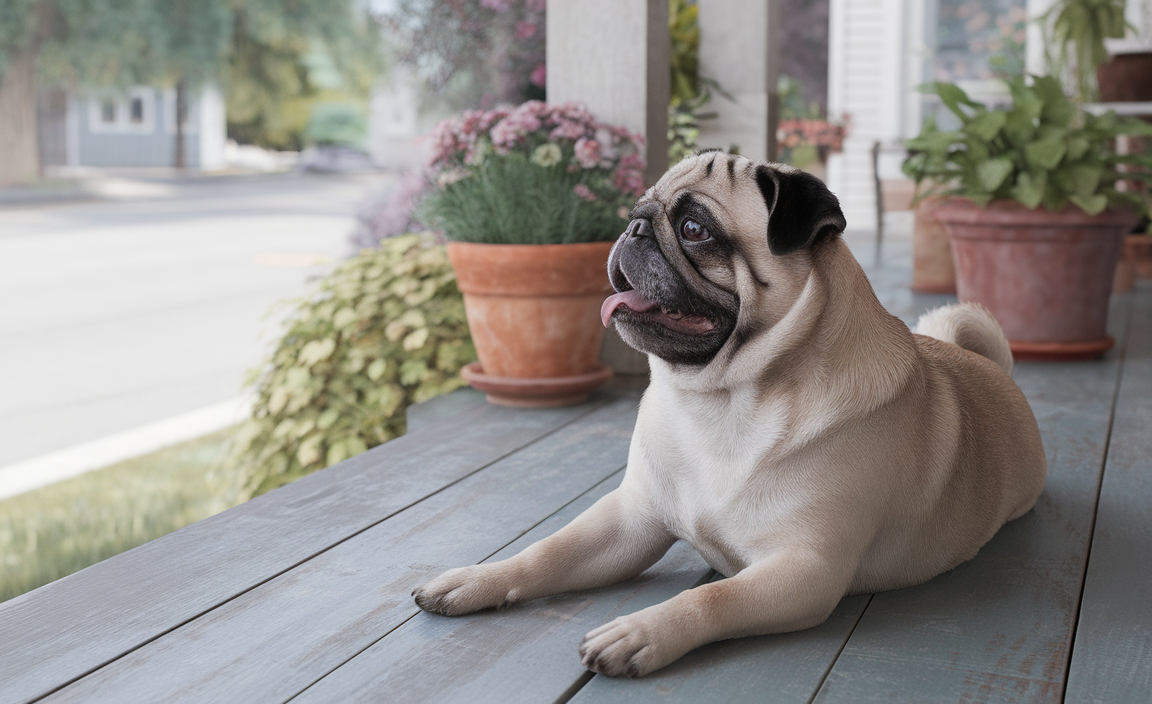Dog owners often find themselves wondering about their furry friend's panting habits. While panting is a normal cooling mechanism for dogs, excessive panting can signal underlying health concerns or environmental factors. Understanding the reasons behind frequent panting is crucial for maintaining your dog's well-being and recognizing potential medical issues.
In this comprehensive guide, we'll explore the various reasons why dogs pant a lot, helping you distinguish between normal and potentially problematic respiratory behavior.
Breed-Specific Panting Patterns
Not all dogs pant the same way. Certain breeds are predisposed to more frequent panting due to their unique physical characteristics. Brachycephalic breeds like pugs and bulldogs, with their distinctive flat faces, naturally pant more because their compact airways make breathing more challenging.
Breed Variations in Panting
Some breeds, such as Vizslas, are known for their higher respiratory rates. These dogs tend to pant more actively during rest and exercise compared to other breeds. This variation can be attributed to breed-specific metabolism, coat density, and genetic predispositions.
Health Conditions Causing Excessive Panting
Persistent or unusual panting can be a symptom of several underlying health conditions. Dogs may pant more frequently when experiencing medical issues that affect their respiratory or metabolic systems.
Common Medical Causes of Panting
- Cushing's Disease: This hormonal disorder can lead to increased panting and other metabolic changes.
- Heart Problems: Cardiovascular issues might cause dogs to pant more as they struggle to maintain oxygen levels.
- Pain and Discomfort: Chronic pain can manifest through increased respiratory rates.
- Respiratory Infections: Lung and airway conditions can trigger more frequent panting.
Environmental Triggers for Dog Panting
External factors play a significant role in a dog's panting behavior. Temperature, activity level, and emotional state can all influence respiratory patterns.
Temperature and Activity Impact
- High humidity and hot weather naturally increase panting
- Recent physical exercise leads to elevated respiratory rates
- Excitement or stress can trigger rapid breathing
Factors Influencing Panting Frequency
Several individual factors can contribute to how much a dog pants. Understanding these can help pet owners distinguish between normal and abnormal respiratory behavior.
Age and Physical Condition Considerations
- Older dogs might pant more due to reduced physical efficiency
- Overweight dogs experience more respiratory challenges
- Certain medications can increase panting as a side effect
Monitoring and Veterinary Intervention
While occasional panting is normal, pet owners should remain vigilant about significant changes in their dog's respiratory patterns.
When to Seek Professional Help
- Sudden changes in panting behavior
- Panting accompanied by lethargy or loss of appetite
- Respiratory rates that seem excessive for the individual dog
- Visible signs of distress or difficulty breathing
Frequently Asked Questions
Q: Why is my dog panting a lot for no apparent reason?
A: Excessive panting can result from various factors including heat, stress, underlying health conditions, or breed characteristics. If the panting seems unusual, consult your veterinarian.
Q: How can I tell if my dog's panting is normal or a sign of a health issue?
A: Normal panting is typically related to cooling down, excitement, or mild exercise. Abnormal panting is persistent, occurs at rest, or is accompanied by other symptoms like lethargy or changes in behavior.
Q: Can brachycephalic breeds like pugs and bulldogs pant more due to their facial structure?
A: Yes, these breeds have compressed airways that make breathing more challenging, resulting in more frequent and intense panting.
Q: What are common health causes of excessive panting in dogs?
A: Cushing's disease, heart issues, chronic pain, respiratory infections, and metabolic disorders can cause increased panting.
Q: When should I seek veterinary care if my dog is panting excessively?
A: Seek immediate veterinary attention if panting is sudden, severe, accompanied by other symptoms, or significantly different from your dog's normal respiratory pattern.






